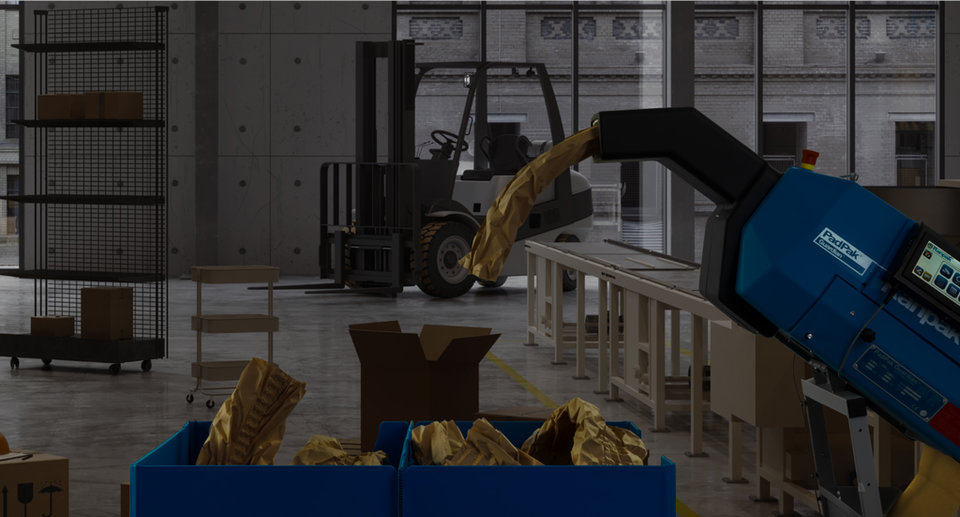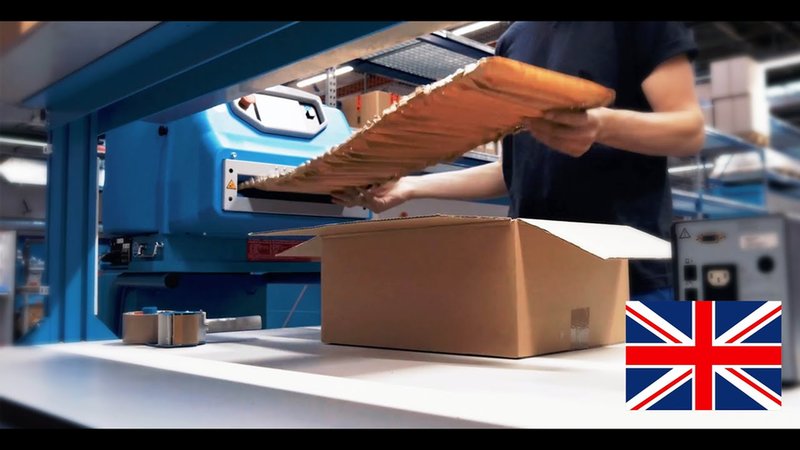Q&A
“Cold chain packaging will grow in the coming years” - Inside Packaging speaks to Ranpak cold chain business development manager Anne de Rouw
Earlier this year, US-based paper packaging group Ranpak, which posted full-year sales in 2020 of just under US$300m, targeted e-commerce for the ‘cold chain’ with its WrapPak platform. The packaging solution, which uses waved paper pads as thermal liners, is focusing on companies offering meal kits, grocery deliveries and speciality foods that can be ordered online.

"A
total of 21% of the food & beverage market is expected to be ordered through e-commerce by 2025,” said Ranpak’s cold chain business development manager Anne de Rouw. “At the same time, consumers are looking for sustainable packing solutions and have a less-than-positive unboxing experience when they open a box full of plastic packing materials.”
Inside Packaging’s Jessica Paige spoke with de Rouw to find out more about WrapPak and the cold chain opportunity.

Anne de Rouw
Inside Packaging: Talk us through WrapPak
Anne de Rouw: The WrapPak Protector is a machine that will be placed at the customer site and produces on-demand pads. The customer selects a double or triple-wall corrugated box, then uses WrapPak to convert paper into waved pads of the right size. The number of layers required depends on both the ambient and product temperature as well as the shipping duration.
The product is inserted into the lined box, with cooling elements added and optional void fill, if there are empty spaces. Then, seal the box and it’s ready to ship
What differentiates WrapPack from other packaging concepts?
There are limited, truly sustainable solutions available on the market. WrapPack is 100% paper-based and therefore fully recyclable, renewable and biodegradable.
Our on-demand system is unique in the cold chain segment because it significantly reduces storage space - one pallet of paper is the equivalent of up to 24 pallets of expanded polystyrene, for example.
Why choose paper for temperature-controlled packaging over other materials such as, say, aluminium?
Paper has good thermal protection for up to 48 hours - and it’s fully sustainable. Paper also gives a better unboxing experience for customers, compared to a box full of plastics or aluminum.
What is it about cold chain that appeals to Ranpak?
Consumers are seeking convenience. This has been especially prevalent during the pandemic, with consumers wanting ease of experience when ordering their groceries, meal kits or speciality foods online.
The cold chain packaging market will grow even further in the coming years. By 2025, around 21% of the total food & beverages market is expected to be ordered through e-commerce. We’ll look to also grow further in cold chain by using paper’s insulation properties to protect temperature-sensitive items during shipment, to prevent food from being spoilt.
What are your hopes for RanPak?
By listening to market trends, we’ll continue to improve - customer needs will be a high priority. Ranpak will bring supply chains in balance with the environment and deliver protective packaging solutions that are good for the world and good for the bottom line.
